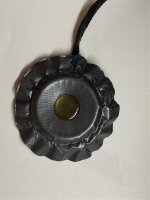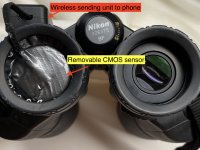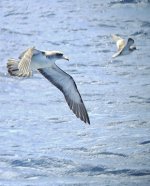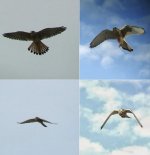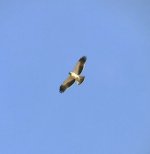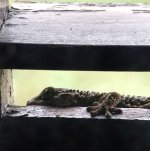Hi,
I SO often find I am looking at a bird in the binoculars, trying to memorize every detail of his or her appearance, and then boop! it flies away. No ID made.
I carry little binocs (8x24). They may be little and light, but they are great in terms of what I can see.
The camera+binocs I see are SO EXPENSIVE and heavy.
I'm not trying to make art, I just want a "record shot" to study later.
Will you PLEASE look at my idea below and give me feedback?
1. Do you ever want to "shoot a picture through your binoculars"?
2. Would that be worth 50$ to you?
3. Would you be willing to temporarily give up one of the eyepieces so a sensor could go there?
Really, really appreciate any criticism or feedback.
Many thanks in advance.
K
New Orleans|=)|
I SO often find I am looking at a bird in the binoculars, trying to memorize every detail of his or her appearance, and then boop! it flies away. No ID made.
I carry little binocs (8x24). They may be little and light, but they are great in terms of what I can see.
The camera+binocs I see are SO EXPENSIVE and heavy.
I'm not trying to make art, I just want a "record shot" to study later.
Will you PLEASE look at my idea below and give me feedback?
1. Do you ever want to "shoot a picture through your binoculars"?
2. Would that be worth 50$ to you?
3. Would you be willing to temporarily give up one of the eyepieces so a sensor could go there?
Really, really appreciate any criticism or feedback.
Many thanks in advance.
K
New Orleans|=)|




